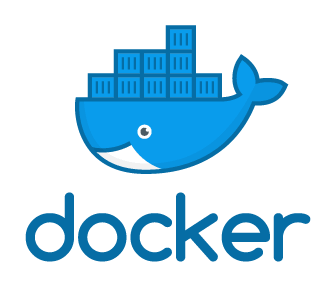
Everything You Need To Know About Docker Enterprise 3.0
Docker has recently announced Docker Enterprise 3.0, In this post, we take look at the key features of Enterprise Platform on how it improves developer productivity, accelerating time-to-market for new applications.

If you’re looking for the basic understanding of Docker concepts, please refer to earlier posts for understanding on Docker & how to install and containerize applications.
- Introduction of New Docker Desktop Enterprise tools for developers for
- Designing Template-based workflows for creating containerized applications
- Instantly replicate production environment configurations on the local desktop
- Option to package as a standard MSI (Win) and PKG (Mac) distribution files
- Automation and template-driven generation of Dockerfiles, Docker Compose files and CI pipelines

Image – Docker Desktop Enterprise
- Introduction of New Docker Application tools to enable end-to-end application consistency and scalability from developers to operators.
- Based on CNAB bundles – CNAB is open source, cloud-agnostic specification for packaging, and running distributed applications in a single all-in-one packaging format. Currently, you might be using ARM templates and Helm charts, or CloudFormation and Compose, or Terraform and Ansible now you can package multi-service, multi-format distributed applications as single CNAB bundle.
- Docker Application Template: Now sharing and standardization of applications are made simpler and more scalable by templatizing applications and their deployment parameters.
- Docker Assemble: Easily generate Dockerfiles and the associated files for common application frameworks.
- Introduction of new Docker Kubernetes Service (DKS) this includes the latest release of Kubernetes and also its the only Kubernetes offering that provides consistency across the full development lifecycle. Through the use of version packs, Kubernetes developer environments stay in sync with production environments for a complete, seamless Kubernetes experience.
- Now there is also managed service option (Docker Enterprise-as-a-Service), it enables Docker Enterprise to be deployed as a service on-premises or in the public cloud.
- New tools for automated deployment of containers on your infrastructure.
- Additional security enhancements like Group Managed Service Accounts (gMSA) for Swarm and PKI Certificate-Based Authentication.
If you’re looking for quickstart on basic understanding of Kubernetes concepts, please refer earlier posts for understanding on Kubernetes & how to create, deploy & rollout updates to the cluster.
To learn more about Docker 3.0, Sign up for the Docker Enterprise 3.0 beta program at the Docker website.
Additional Resources
- Most Popular courses of 2019
- Google Cloud Courses Collection
- Trending Skill : Deep Learning Course Collection
- ULTIMATE GUIDE to Coursera Specializations That Will Make Your Career Better (Over 100+ Specializations covered)
- Monitoring Docker containers using Prometheus + cAdvisor + Grafana
- How to aggregate Docker Container logs and analyse with ELK stack ?
Like this post? Don’t forget to share it!
Summary

Article Name
Everything You Need To Know About Docker Enterprise 3.0
DescriptionIn this post , we take look at the key features of Enterprise Platform on how it improves developer productivity, accelerating time-to-market for new applications.
Author
Karthik
Publisher Name
Upnxtblog
Publisher Logo




Average Rating